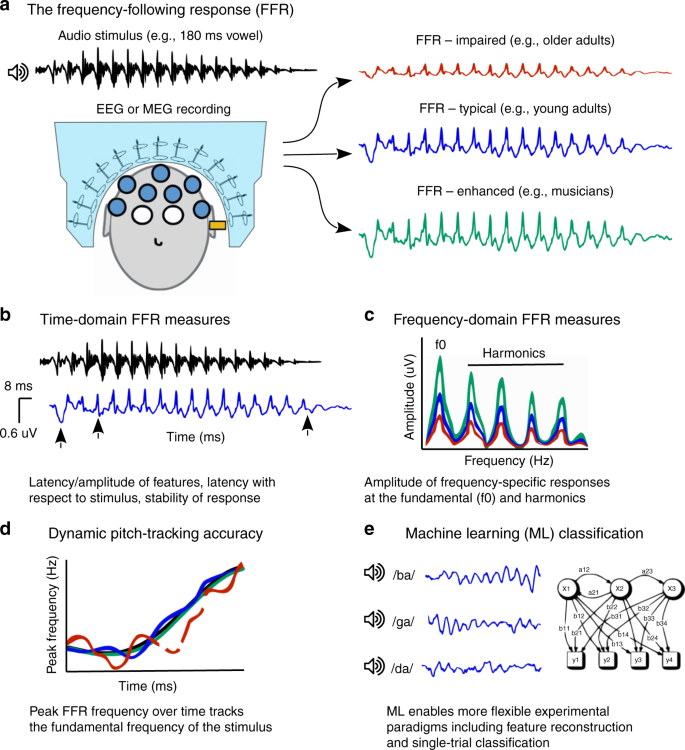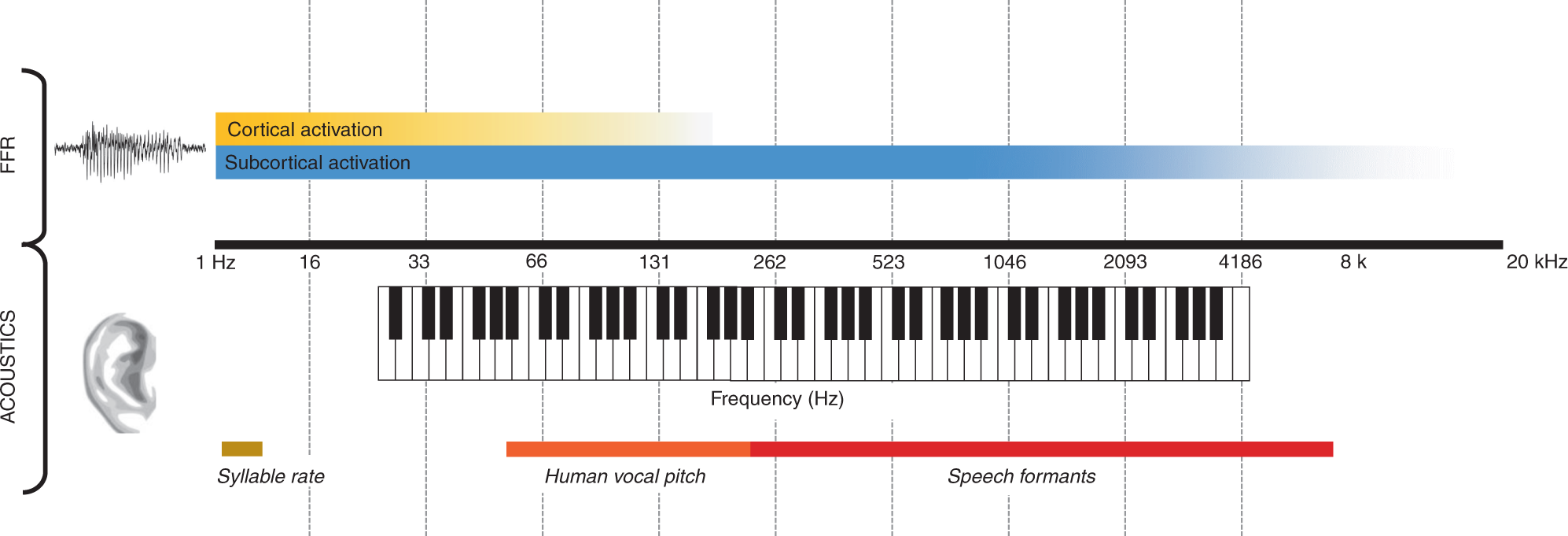I read a few weeks ago that the brain subdivides slow beats into four so that means 1 beat per second is 4 beats per second as a Theta brain wave Heart Joy waking REM visionary state.
Let's see what the science says.
Exploring how musical rhythm entrains brain activity with electroencephalogram frequency-tagging
In all conditions, the 2.4 Hz auditory beat elicited an SS-EP at 2.4 Hz. As shown in the corresponding topographical maps, this beat-related SS-EP was maximal over fronto-central electrodes. In the left and right hand-tapping conditions, the 1.2 Hz hand-tapping movement was related to the appearance of an additional SS-EP at 1.2 Hz. As shown in the topographical maps, this movement-related SS-EP was maximal over the central electrodes contralateral to the moving hand. In these two conditions, an additional SS-EP emerged at 3.6 Hz,

The frequency tuning function is thought to give an indication of the ‘sampling rate’ of a given neural network, i.e. not only the latency to process a single input but also the timing necessary between successive inputs to be processed. This concept was used in Nozaradan et al. [39] to reveal the resonance frequencies thought to shape musical beat and meter perception. By showing that the selective enhancement of the neural response at frequencies corresponding to the perceived beat and meter occurs within a specific frequency range, the results of this study suggest that beat and meter perception is supported by entrainment and resonance phenomena within the responding neural network [16].
Intuitively, one would expect increased neural entrainment in musicians compared with non-musicians.
However, the contrast between musicians and non-musicians could be reflected not only in terms of the robustness of the neural synchronization at these specific frequencies, but also in terms of distinct resonance frequencies for beat and meter across these two groups, peaking at slower or faster beat frequencies in non-musicians versus musicians. The frequency-tagging approach could help clarifying this issue, as it may provide information regarding the ‘sampling rate’ of the responding neural population. For instance, the resonance frequencies for beat and meter could be retrieved in musicians versus non-musicians, by exploring the selective neural entrainment at beat and meter frequencies elicited throughout different musical tempi.
https://www.pnas.org/content/112/45/E6233.short
. Here, we test whether such neural activity, particularly low-frequency (<8 Hz; delta–theta) oscillations, similarly entrain to music and whether experience modifies such a cortical phenomenon.
Recordings from nonmusicians demonstrate cortical entrainment that tracks musical stimuli over a typical range of tempi, but not at tempi below 1 note per second. Importantly, the observed entrainment correlates with performance on a concurrent pitch-related behavioral task. In contrast, the data from musicians show that entrainment is enhanced by years of musical training, at all presented tempi. This suggests a bidirectional relationship between behavior and cortical entrainment, a phenomenon that has not previously been reported. Additional analyses focus on responses in the beta range (∼15–30 Hz)—often linked to delta activity in the context of temporal predictions.

https://www.nature.com/articles/s41467-019-13003-w

As you ascend the lemniscal pathway the rate of phase-locking decreases. (For more on auditory system phase-locking see Box 3 and Fig. 2).
the central auditory lemniscal pathway from the cochlea
Fascinating. So the low frequency tempo has a stronger amplitude entrainment of the brain waves of the cortex.
It is also possible that the observed 5–7 Hz activity reflects an interaction between the stimulus-evoked response and ongoing theta-band (4–8 Hz) activity (Klimesch, 1999). In other words, endogenous theta-band oscillations may be augmented by the rhythmic musical stimulus. The frontal topography of RC1 is consistent with this interpretation, as theta-band activity has been observed over frontal cortex during bimodal sensory stimulation (Başar et al., 2001).

No comments:
Post a Comment